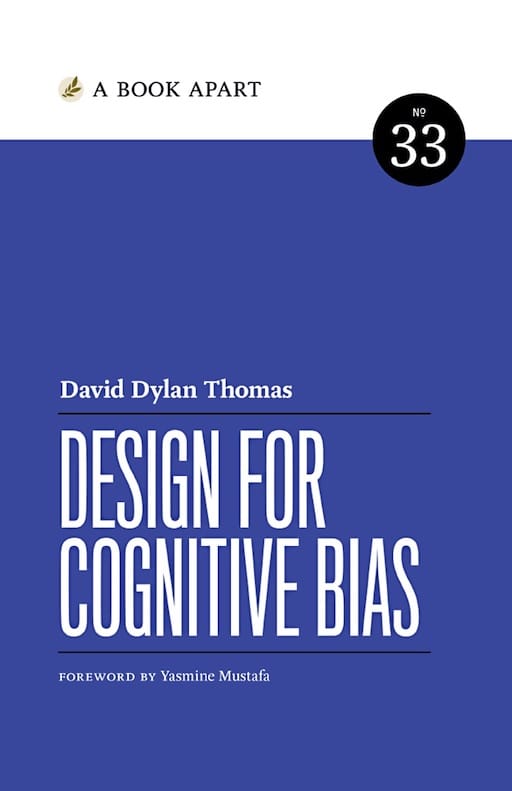Interesting titbit: Some languages, such as Tuyuca, have a feature called “evidentiality” which prevents the speaker from saying anything without also saying how they know it. It’s embedded in the grammar.
So in those languages you can’t say “Bob went to the store” without also saying how you know that Bob went to the store. You’re on the hook for your source. Think about how powerful that is. How that would change what you choose to say or post. How that would change how much you believe what you read on the internet.
Because all of it — unless the speaker were lying, which is a fair point—would expose how the speaker knows what they claim to be true.








